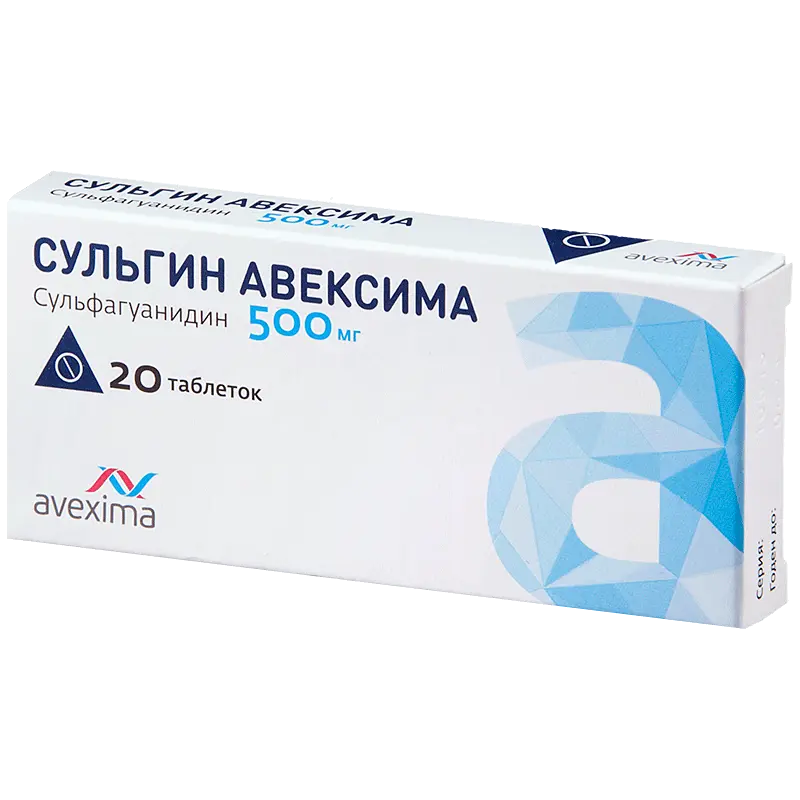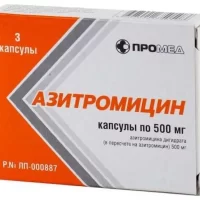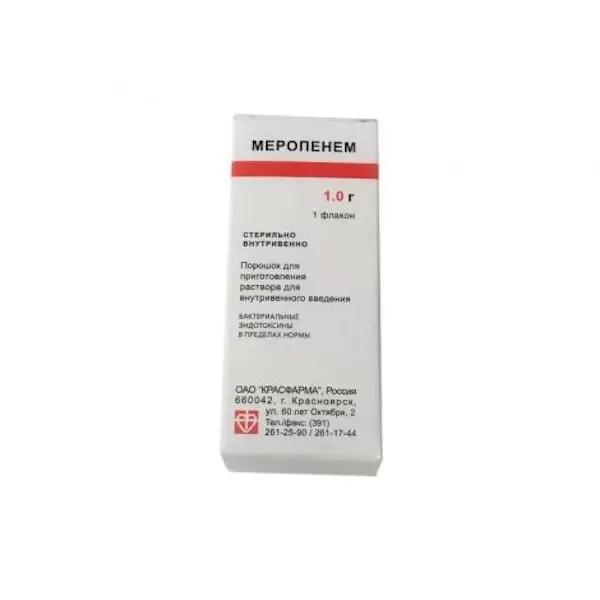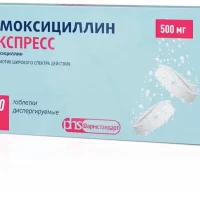Description
Cefazolin is administered intramuscularly and intravenously (drip and jet). Cefazolin should not be administered intrathecally.
Dosing. The average daily dose of cefazolin for adults is usually 1–4 g, the maximum daily dose is 6 g. A single dose for infections caused by gram-positive microorganisms is 0.25–0.5 g every 8 hours. For moderate respiratory tract infections caused by pneumococci and infections of the genitourinary system, the drug should be prescribed 1 g every 12 hours. With pneumococcal pneumonia – 0.5 g every 12 hours. In diseases caused by sensitive gram-negative microorganisms, the drug is prescribed at 0.5-1.0 g every 6-8 hours. In severe infectious diseases (sepsis, endocarditis, peritonitis, destructive pneumonia, acute hematogenous osteomyelitis, complicated urological infections), prescribe 1–1.5 g with an interval between injections of 6–8 hours.
For the prevention of postoperative infectious complications in adults, it is recommended to administer cefazolin intramuscularly or intravenously:
- at a dose of 1 g 0.5–1 hour before the start of surgery;
- for long-term operations (2 hours or more) – an additional 0.5–1 g during the operation;
- after surgery – at a dose of 0.5-1 g every 6-8 hours during the first 24 hours.
In some cases (eg, open heart surgery, joint replacements), prophylactic use of cefazolin may continue for 3–5 days after surgery.
Children over the age of 1 month. Prescribe the drug at a dose of 25–50 mg/kg per day, divided into 3–4 injections; for severe infections, administer 90–100 mg/kg per day (maximum dose). The average duration of treatment is 7-10 days.
For adult patients with impaired renal function, the dosage regimen should be set depending on creatinine clearance. Following a loading dose appropriate to the severity of the infection, the recommendations below may be used. For creatinine clearance:
- 55 ml / min and more – dose adjustment is not required;
- 35-54 ml / min – a single dose does not change, but the interval between injections should be at least 8 hours;
- 11-34 ml / min – a single standard dose should be reduced by 2 times, the interval between injections is 12 hours;
- less than 10 ml / min – should be given ¼ therapeutic dose every 18-24 hours.
Elderly patients: dosage as in adults (assuming normal renal function).
With impaired renal function in children. First, the usual single dose is administered, then subsequent doses are adjusted according to the degree of renal failure. For children with moderate renal impairment (creatinine clearance 40–70 ml/min), administer 60% of the daily dose of the drug 2 times a day every 12 hours; with a creatinine clearance of 20-40 ml / min – 25% of the daily dose 2 times a day every 12 hours; with significant impairment of kidney function (creatinine clearance 5-20 ml / min) – 10% of the average daily dose every 24 hours. All recommended doses should be given after the initial loading dose. The duration of treatment averages 7-10 days.
Method of administration.
The drug Cefazolin is a sterile powder for solution for injection, so it should be reconstituted before administration. The drug Cefazolin is readily soluble in the following solvents: water for injection, 0.5% lidocaine solution, 0.9% sodium chloride solution, and Ringer’s solution.
It is recommended to use freshly prepared solutions. After dilution with the above solvents, a clear solution from pale yellow to yellow is formed.
Preparation of solutions for injections and infusions.
For intramuscular injection. Dissolve 1 g of Cefazolin in 4 ml of one of the following compatible solvents, shaking well until completely dissolved:
- water for injections;
- 0.9% sodium chloride solution;
- 0.5% lidocaine solution.
Inject deep into the upper outer quadrant of the gluteus maximus muscle.
For intravenous jet administration.
Dilute Cefazolin in one of the following compatible solvents:
- water for injections;
- 0.9% sodium chloride solution.
Lidocaine solution should not be administered intravenously.
For 1 g of cefazolin, 4 ml of a compatible solvent is used. Cefazolin should be administered slowly over about 3 to 5 minutes. The solution is administered by intravenous injection directly into a vein or infusion line when a compatible infusion solution is administered.
If it is necessary to administer 2 g of Cefazolin, intravenous administration over approximately 30-60 minutes is recommended.
For intravenous drip.
Cefazolin should be pre-dissolved in one of the co-solvents for intravenous injection.
Further dilutions should be made in one of the following compatible solvents:
- 0.9% sodium chloride solution;
- Ringer’s solution;
- water for injections.
Dilution of the drug for intravenous infusion:
| Contents of the vial | Reconstitution | Breeding |
| The minimum volume of solvent in which the contents of the vial are diluted | Volume of solvent for intravenous infusion | |
| 1 g | 4 ml | 50-100 ml |
Add the recommended volume of diluent and shake vigorously until the contents of the vial are completely dissolved.
For intravenous infusions, only freshly prepared solutions are used. The solution should be inspected before use. Only clear, particle-free solutions should be used.
The solution is intended for single use. Unused solution should be discarded.





